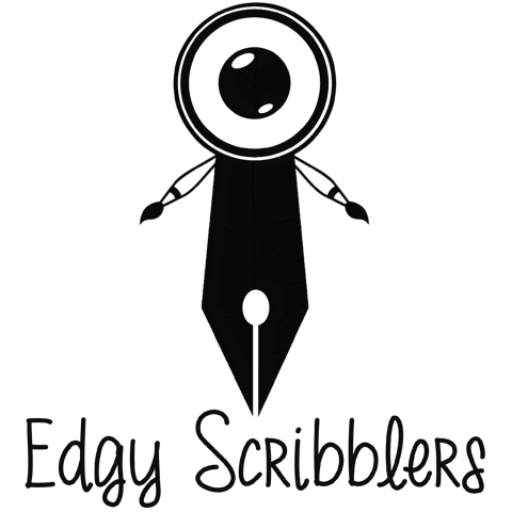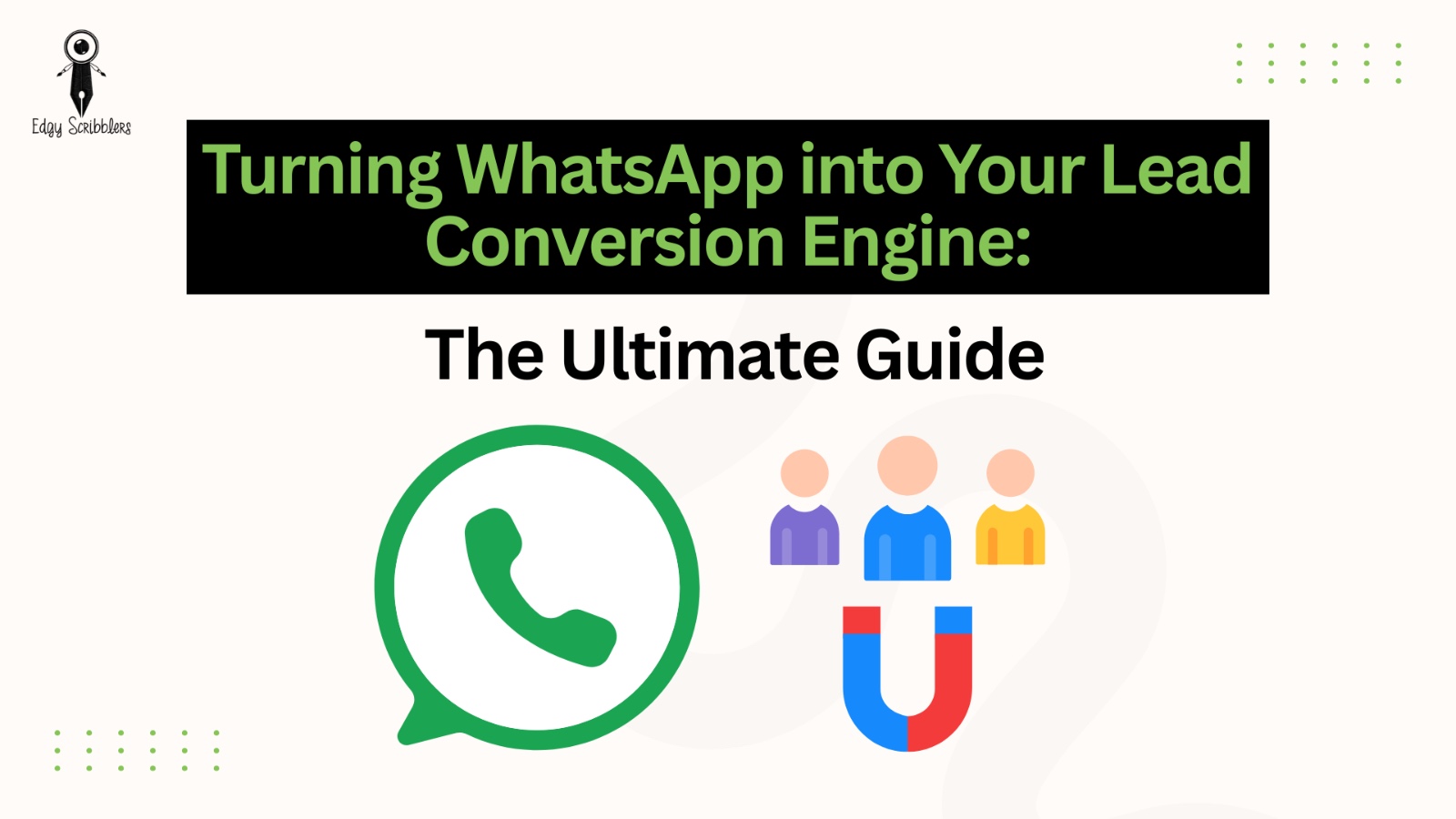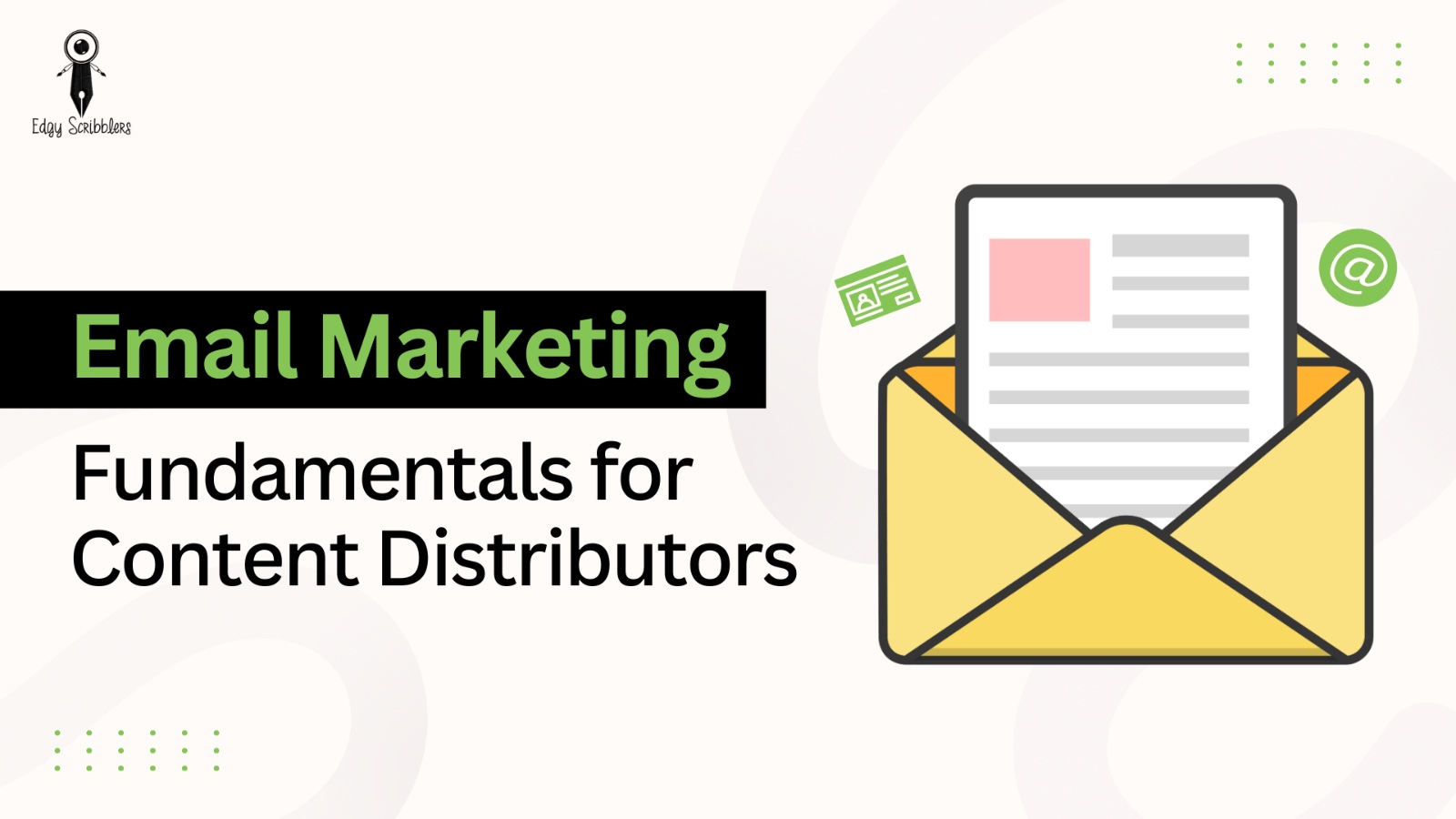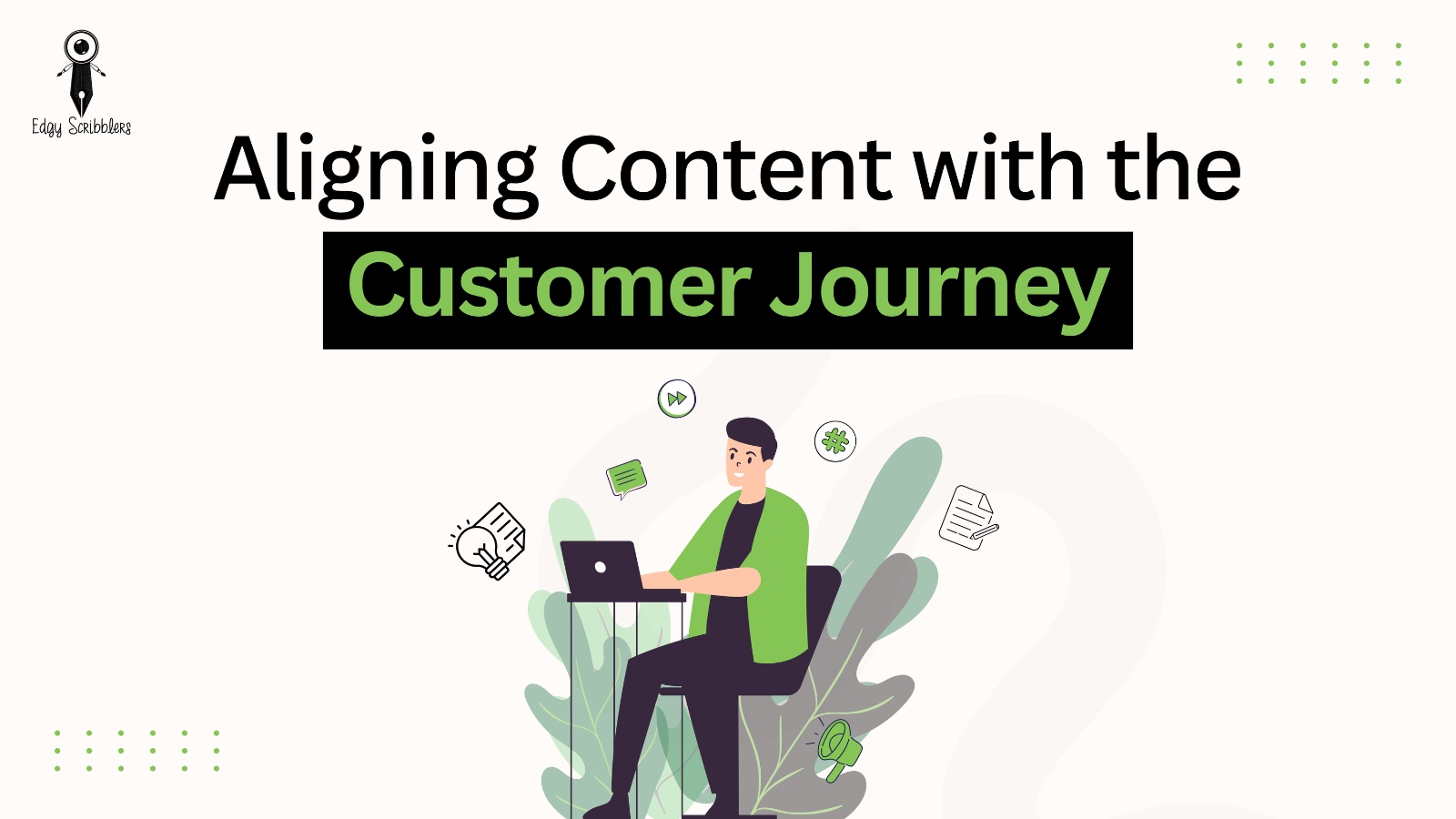
How to create high-converting WhatsApp flows?
No point hiding behind, “I don’t do it.” We all are guilty of broadcasting a WhatsApp message to thousands of prospects, only to hear crickets. This echoing silence is often followed by a doubt, “Is WhatsApp the right channel?”
Let’s look at a different approach: a friendly, story-driven WhatsApp sequence that feels like a one-on-one conversation, warming leads up until they’re eager to buy. The difference comes down to one core choice – spamming vs. nurturing.
This article, will show you how to avoid the common spam trap and instead craft high-converting WhatsApp flows that build trust and drive action. We’ll blend relatable storytelling with step-by-step instruction, using frameworks like HOOK (to grab attention) and STOR (to structure an engaging story) so you can turn casual chats into conversions.
You can also check my previous posts on two different frameworks here:
From blasting spam to nurturing trust

I know, it’s tempting to treat WhatsApp like a bullhorn – blasting out promotions to every number you can find. But as many business owners learn the hard way, WhatsApp marketing isn’t about “blasting” messages or spamming your customer base – it’s about creating personalized, engaging, interactive experiences. In other words, it’s about nurturing, not nagging.
Lead nurturing on WhatsApp means focusing on building a relationship over time: staying connected, providing value, and keeping your brand top-of-mind rather than just pushing for an immediate sale.
Why does this matter?
First, WhatsApp users can easily block or report numbers that annoy them. WhatsApp’s own Business API has quality ratings to detect spammy behaviour and penalize businesses who abuse the channel.
Second, customers expect a more conversational, helpful tone on messaging apps. They’re there to chat with friends and family – a brand that shows up with a human, helpful approach will be welcomed, whereas one that only sends generic ads will be seen as an intruder. The bottom line: treat WhatsApp as a trust-building tool, not a spamming tool.
Why WhatsApp flows are so powerful?
You might be wondering: why invest in WhatsApp at all? The short answer is engagement. WhatsApp has over 2 billion users globally, and people practically live on it. Each day, 175 million people message a business on WhatsApp – and these aren’t passive impressions; they’re active, high-intent interactions. I won’t bore you with statistics here, you can check my previous article for that; just trust me, those numbers will make you drop your jaw.
You would want to focus on WhatsApp’s capability for rich, real-time interaction. You can send images, videos, voice notes, and use interactive buttons or quick replies. This means your marketing can shift from one-way broadcasting to two-way conversations.
For example, instead of a static ad, you could send a short video clip with a question, then let the user choose a quick-reply button to learn more. People are more likely to reply to a WhatsApp message than an email, and this high engagement opens the door for genuine dialogue. In short, WhatsApp flows (sequences of messages) combine the reach of a broadcast with the personal touch of a conversation. They can build trust rapidly, nurture leads through your funnel, and ultimately boost conversions – but only if crafted with strategic intent.
WhatsApp flows in action: Real-world success stories

To see the impact of nurturing WhatsApp flows, let’s look at how a couple of businesses achieved real results:
- Tata CLiQ (Retail): Tata CLiQ, a large e-commerce marketplace in India, found that traditional emails and texts weren’t engaging customers. They switched to WhatsApp, sending personalized notifications triggered by each user’s browsing history, abandoned carts, and wish lists. The results were astounding – a 51% click-through rate, customers 1.7x more likely to purchase after visiting via WhatsApp, and a 10x higher ROI compared to their previous Diwali and Black Friday campaigns. By leveraging WhatsApp’s interactivity and personal feel, Tata CLiQ turned a previously underwhelming campaign into a revenue driver.
- Logic School of Management (Education): This Indian education institute was generating plenty of leads, but few were converting – many prospects would sign up and then go cold. The institute adopted a targeted WhatsApp flow to nurture these leads. They had prospects initiate the WhatsApp conversation themselves (for example, by clicking a WhatsApp link to inquire – ensuring the lead was genuinely interested from the start), then followed up with personalized answers to questions and timely reminders about enrolment. The personal, two-way engagement built trust in ways bulk emails never could. Within a month, they saw 180 new enrolments.
These case studies underline a key lesson: WhatsApp works when you treat it as a conversation to nurture, not a billboard to spam. Personalized flows can dramatically improve click-throughs and conversion rates, whether you’re an e-commerce giant or a local training institute. Now, let’s break down how you can create a high-converting WhatsApp flow for your business.
Blueprint: Crafting a high-converting WhatsApp flow
Building an effective WhatsApp campaign is part art (storytelling) and part science (strategic sequencing). Here’s a practical step-by-step framework – think of it as your WhatsApp flow blueprint – to guide you. We’ll apply the HOOK and STOR mindset: grabbing attention up front, then guiding the prospect through a mini-story that leads to a conversion.

- Set a Clear Goal and Identify Your Audience: Start with the end in mind. What action do you want your WhatsApp contacts to take? It could be booking a call, making a purchase, signing up for a webinar, or visiting a store. Define this conversion goal clearly, and make sure it’s measurable. With your goal set, identify who you’ll be messaging.
- Segment Your Leads for Relevance: Avoid the one-size-fits-all blast. Audience segmentation lets you send the right message to the right people. Consider factors like purchase history, interests, stage in the buyer’s journey, or demographic details. A well-segmented campaign can address each group’s specific needs or pain points, which makes recipients far more likely to engage.
- Personalize Each Message: Within each segment, go the extra mile to personalize. Use the recipient’s name and any other context you have. If your CRM data shows what product or service they looked at, mention it. Did they download a guide or interact with your bot? Refer to that. Personalized messaging builds a stronger connection and significantly increases the chance of engagement. On WhatsApp, a casual, friendly tone works well – almost as if you’re messaging a friend. For instance: “Hi John, saw you checked out our SEO webinar – got a quick tip for you below that might help 😀.” This kind of opener, which references the user’s interest, feels bespoke. It shows that you’re paying attention to them, making them more willing to continue the conversation.
- Start with a Hook: The first message in your flow is critical. This is where you apply the HOOK framework – grab attention immediately so they don’t mentally swipe past you. Your hook could be a compelling question, a surprising statistic, or an empathic statement to a known pain point. For example: “Hey Sarah, did you know 70% of [your target industry] businesses struggle with [problem]?” or “Quick story: Last month, I saw a client double their leads in 7 days – without spending extra on ads…”. The hook should pique curiosity or resonate strongly with a pain/goal. It’s not about selling yet – it’s about saying something interesting right off the bat to justify the interruption. Remember: WhatsApp is personal space, so if you don’t hook the reader in the first one or two messages, you risk being ignored(or worse, marked spam or blocked). A great hook makes them think, “Okay, I’m listening – tell me more.”
- Nurture with Story and Value (STOR): Once you have their attention, follow up with content that keeps them engaged and builds trust. This is where the STOR approach comes in – essentially, tell a short story or narrative that the lead can relate to. You can structure it as Situation, Tension, Outcome, Resolution to make it compelling. Relatable story does two things: it educates the prospect (showing a right vs wrong way, or a solution to a common problem) and it positions your brand as trustworthy and knowledgeable. If you don’t have a specific story, you can provide value in other ways – e.g. a quick tip or insight relevant to the prospect. The key is that the middle messages of your flow should provide value, educate, or inspire rather than just push a product. By doing this, you build credibility and trust (the prospect feels you understand them and truly want to help). They become warmer to your eventual offer. Remember, nurturing is about staying connected and helpful, not constantly pitching.
- Encourage Two-Way Interaction: Don’t lecture – converse. One of the superpowers of WhatsApp is that it’s interactive by nature. Encourage your lead to reply or take a small action within the chat. If you’re using the WhatsApp Business tools, you can leverage quick reply buttons. When leads ask questions or choose an option, it increases their investment in the conversation and builds
- Time Your Messages Strategically: Timing can make or break your WhatsApp campaigns. Consider your audience’s daily routine and the context of your campaign. For a nurturing flow, late morning or early afternoon might get better attention. Also think about the sequence timing: for example, you might send the first message (hook) immediately when someone opts in or shows interest, the second message (story/value) a day later, and another follow-up a couple of days after that. Give people a little time to digest and respond; don’t bombard them with five messages in an hour. If your flow is event-driven, schedule messages at logical intervals (one message when they register, a reminder a day before the event, another one an hour before start, etc.).
- Set the Right Frequency: Frequency goes hand-in-hand with timing, but it’s worth addressing on its own. For lead nurture campaigns, a common approach is a short burst of a few messages over a week or two, then slowing down the cadence. For example, you might send 3–5 messages over a 10-day onboarding sequence for new leads, then move them to a lighter ongoing nurturing list (perhaps one value message per week or a bi-weekly update). The difference between nurturing and spam is often frequency and relevancy.
- End with a Strong Call-to-Action: Every high-converting flow needs that moment where you clearly ask the lead to take the next step – this is the conversion point. After you’ve hooked them, delivered value, and engaged in conversation, make your offer or call-to-action (CTA) explicit and compelling. This could be the final message in a sequence (or a message after a natural pivot in the conversation).
Tip: Be responsive. If they reply with a question, try to answer promptly (you can use a chatbot or automation for common queries). Quick, helpful responses will maintain the flow of communication and deepen trust.

By following these steps, you essentially guide your prospect through a mini customer journey on WhatsApp: from initial interest to engaged trust to decisive action. You’ve hooked them with something intriguing, nurtured the relationship with stories/value, addressed their questions or doubts through interaction, and presented a relevant solution at just the right time. That’s the recipe for conversion.
One more pro-tip: always monitor and refine your flows. WhatsApp Business provides message stats (delivered, read, replies, etc.), so pay attention to where drop-offs happen. Maybe you’ll find that your second message isn’t resonating – you can tweak its content or timing and see if conversions improve. Treat your WhatsApp flow as a living, learning campaign that you optimize over time, just like you would an email funnel or ad campaign.
The next steps
WhatsApp is a powerful channel – but as we’ve seen, its power lies in how you use it. When you shift from a “spam everyone” mentality to a strategic flow that hooks your audience, tells a story that nurtures them, and then invites them to take action, you tap into the true potential of WhatsApp marketing. You build trust one message at a time, and trust is the currency that converts conversations into customers.
If you’re serious about leveraging WhatsApp for business growth, now is the time to take action. Don’t let your WhatsApp strategy devolve into ad-hoc blasts. Instead, craft intentional flows that deliver value and drive results. Ready to supercharge your WhatsApp marketing?Explore how strategic WhatsApp automation can work for you and get expert guidance tailored to your business.
Book a discovery call with Edgy Scribblers today, and let’s create WhatsApp campaigns that nurture relationships and skyrocket your conversions. Your future high-converting WhatsApp flow is just a message away. 🚀
A heartfelt thank you to contributors whose insights powered this article — including Meta Business, Tata CLiQ, Logic School of Management, Nir Eyal (author of Hooked), Matt Braker, and WhatsApp Business resources. We’ve drawn from their wisdom and shared experiences to bring you an actionable playbook. Full credit and deep gratitude to each of them for inspiring better, more thoughtful marketing — one message at a time.




